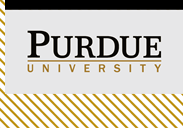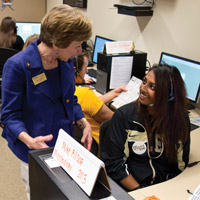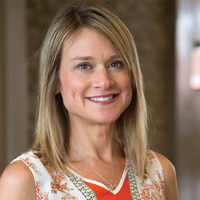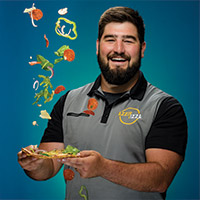Build a Healthier Society
College-wide initiative to focus on collaborative research and diverse learning opportunities
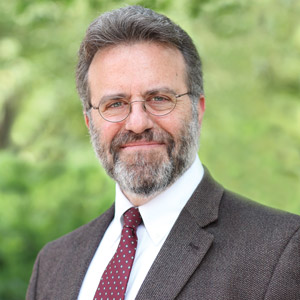
Elliot Friedman, William and Sally Berner Hanley Associate Professor of Gerontology, joined Purdue's College of Health and Human Sciences in 2012. Photo provided
Elliot Friedman, William and Sally Berner Hanley Associate Professor of Gerontology, found his way to Purdue's College of Health and Human Sciences in 2012 and received a $1.2 million grant from the National Institute on Aging in 2013 to examine why some older adults living with two or more chronic medical conditions fare better than others.
Friedman is also interested in the disparity of care. "The people at the low end of the socioeconomic hierarchy get sick sooner, get sick more severely and die sooner," he says. "It's worth looking at the patterning of health at the population level to see what's contributing to those outcomes."
Friedman says there are both social determinants of health, like socioeconomic status, and medical determinants of health, such as access to quality care. An area for graduate exploration is the examination of the different influential levels of how disease and health are distributed to the population.
Prevention also can help revolutionize health care. Barbara Stefanska, assistant professor of nutrition science, is exploring the exciting world of epigenetics, which examines DNA makeup and how genes express themselves outwardly. If someone is genetically predisposed to developing breast cancer, for example, certain foods, such as sugars, could determine whether a gene becomes an active cancer-forming agent or remains dormant. The good news: Those genes might be able to turn themselves on or off based on dietary intake.
She also has demonstrated how having a MPH degree helps her examine research from a broader perspective. "Communicating our results with the general public through outreach activities increases awareness and shapes health-maintaining behaviors," says Stefanska, who looks to foods such as grapes, soybeans and green tea that could prevent cancer at the cellular level. "Our research will help individuals, especially people at risk for cancer development, by creating individualized dietary plans rich in cancer preventive compounds."
Another area of her research looks to establish biomarkers of cancer risk prediction. "These markers would save lives across the globe by allowing us to identify individuals at higher risk for cancer development," Stefanska says. She believes these and other cutting-edge discoveries could have tremendous impact on cancer epidemiology and public health, including early detection and the chance to introduce preventive strategies.
The chance to make an impact globally also motivates students. "That's what public health professionals should be trained to do," Mattes says. "They need to deeply understand the science and be capable of promoting change."
David Whittinghill (BS '95), assistant professor of computer graphics technology and computer information technology, has three Purdue degrees from two decidedly different areas. In addition to an undergraduate degree in psychology, Whittinghill earned a master's and PhD from the College of Technology and uses his psychological training to parlay his expertise in both the social and technical sciences.
Whittinghill and his team of graduate students designed an interactive, Xbox Kinect video game called Burnie that helps children with cerebral palsy keep up their exercise therapy at home. In what is essentially a bird simulator, the children see themselves as a bird on the screen tasked with different challenges such as flying and finding worms. Throughout the game, they exercise through the arm flapping, balances and various lifts they're asked to perform.
"The point was to find a different motivation structure to get kids to do their therapy," says Whittinghill, who worked with physicians from the Peyton Manning Children's Hospital in Indianapolis. "It was some of the most fulfilling work I've done in my whole life. We had a solution looking for a problem, and they came to us with a problem."
That synergy of coincidence and success is the scientific push behind the idea of multidisciplinary work — and one of the best-case outcome scenarios for public health. "The real mantra in the field is translation," Mattes says. "It's not do your science, publish it and leave it there. We have to translate new knowledge out to the public."


